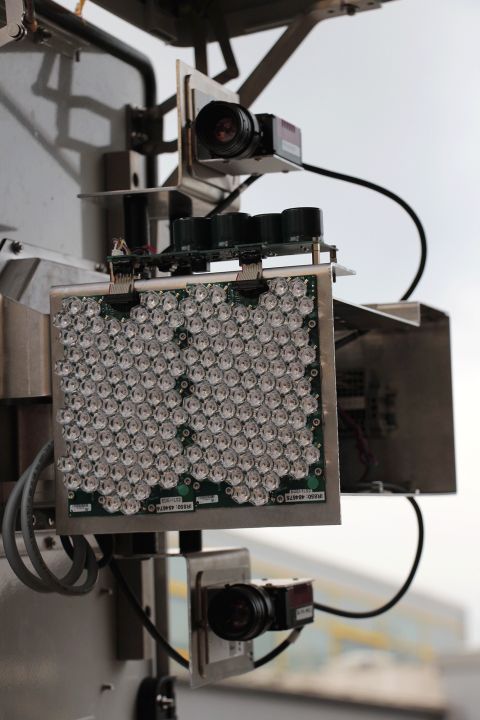
The objectives of the camera-based traffic detection technology include the precise detection of vehicles and other objects in the traffic area; this is performed with the aid of sensor systems. In addition, the analysis can be utilised to investigate traffic-relevant sections of the detection area, in particular questions addressing the functional design and the testing of automated and connected road vehicles on motorways.
With the continuous detection (24/7, throughout all seasons and all weather situations) of all traffic participants along a fixed route section, a basis for holistic evaluation (in the context of a ground truth) as well as for the development of new assistance and automation systems is enabled.
This section of the A39 motorway forms the main focus of the Test Bed Lower Saxony. The camera-based traffic detection and communication technology installed here can, however, be used in campaigns throughout the entire Test Bed Lower Saxony via the mobile superstructures.
Basic data for the camera-based traffic detection technology:
- Route length 7.5 km, A39, junction area Cremlingen through to motorway junction Wolfsburg/Königslutter
- High-resolution stereo-camera systems and IR modules, mounted on 71 carrier masts
- Accuracy of the measured vehicle positions on average 25 cm
- Installation of additional Car2X-communication technology on some of the carrier masts
- Local and segmented data aggregation and provision of the aggregated data as a service for the analysis or online support of automatic driving manoeuvres
- Connection of the sensor technology and mobile superstructures to backend systems
- Mounting of the sensor heads at a height of 8 m above the road surface for ideal detection and beam characteristics

